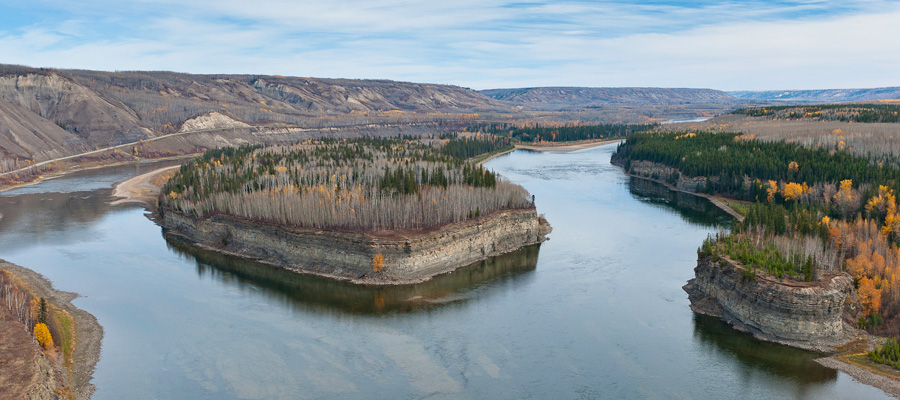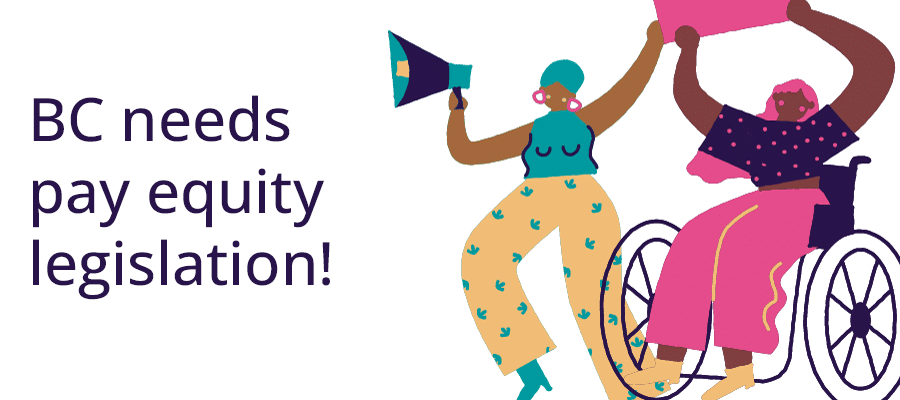Distinguishing consent from veto in an era of reconciliation

An unfortunate legacy of the Harper era in Canada is that public officials and the media often conflate the right to consent for projects or policies that could affect Indigenous peoples with veto power.
That error is not supported by Canadian or international law, and is at odds with the goal of reconciliation between Aboriginal and non-Aboriginal people. In fact, if handled appropriately, the process of achieving consent can prevent many of the lawsuits filed to challenge projects on Indigenous territory. That said, we non-Aboriginal Canadians need to accept that our domestic and international commitments to Indigenous rights will sometimes mean that projects and policies will not advance because they have not secured the consent of affected Indigenous communities.
If handled appropriately, the process of achieving consent can prevent many of the lawsuits filed to challenge projects on Indigenous territory.
As Canada seeks reconciliation with Indigenous peoples – attempting to confront an historical state-building project that Supreme Court Chief Justice Beverley McLachlin has aptly labeled “cultural genocide” – it is imperative that we move beyond thinking that withheld consent amounts to a veto. The “nation-to-nation” relations of which Prime Minister Trudeau often speaks highlight, perhaps unintentionally, how the withholding of consent by Indigenous peoples is more akin to the federal government’s rejection of Enbridge’s Northern Gateway pipeline – even as the Province of Alberta sought the project’s approval.
Under our federalist system, Canadians are very familiar with different levels of governmental authority. Neither our federal nor the provincial governments wield absolute power. We understand that the two levels of government have varying interests and will be differently disposed toward a particular project or policy, and that their alignment is often necessary for a project to move forward. Yet we do not think of that relationship as a scenario of “veto power.” Neither should we view the withholding of consent by Indigenous governments as such. This is especially the case where there are no treaties, as is true for much of BC. We must remember, Canada does not have the authority to unilaterally make decisions about unceded Indigenous land.
Consent: process + destination
The right to free, prior and informed consent (sometimes called FPIC) is a centrepiece of the 2007 UN Declaration on the Rights of Indigenous Peoples, which articulates minimal standards for Indigenous rights and has been endorsed by around 150 countries. Canada, under then Prime Minister Harper, initially opposed the UN Declaration but endorsed it in 2010 with qualification, characterizing it as an “aspirational document” and emphasizing that it is not a binding agreement. Under Prime Minister Trudeau, Canada’s position has again evolved. Canada is now a “full supporter of the Declaration without qualification,” Indigenous and Northern Affairs Minister Carolyn Bennett declared before the United Nations in 2016.
FPIC is both a process and a destination. As a process, securing consent involves the early and sustained participation of Indigenous peoples who could be affected by a project or policy – free of coercion and with full access to relevant information. As a destination, consent involves obtaining the agreement of affected Indigenous peoples who have shared decision-making authority. Agreement is, of course, much more likely if people are brought in as genuine partners at the outset of the process.
The right to consent appears six times in the UN Declaration and has a long history in what we now call Canada, dating back to Britain’s Royal Proclamation of 1763. It appears in landmark decisions of the Supreme Court of Canada such as its Delgamuukw, Haida and Tsilhqot’in rulings. In the 2004 Haida decision, the high court found that the Crown has a duty to secure “full consent” from an Aboriginal nation on “very serious issues.” In 2014, the Court ruled in Tsilhqot’in that the government must obtain the consent of title-holding Indigenous nations for the use of their land, although it maintained that the Crown could override the nation’s wishes under certain circumstances where a “compelling and substantial” objective exists.
We must remember, Canada does not have the authority to unilaterally make decisions about unceded Indigenous land.
Achieving a group’s consent may, on the surface, appear to be synonymous with granting them the power of veto; however, the two concepts are better counterposed as opposites. A veto involves one party’s unilateral rejection of a project or policy. It grows out of an adversarial relationship in which parties find themselves pitted against one another. In contrast, consent is something mutually achieved with legitimate authorities agreeing on the terms of a project’s approval.
Why might we think of withheld consent by Indigenous peoples for projects proposed on their territory as more of a veto than, say, a person declining a sexual advance or one person’s refusal to grant another permission to build on their private property? We would never describe those circumstances as a veto. Rather, we talk of obtaining “approval” – which conveys our perception of legitimacy – as opposed to an obstinate “veto” by which policy decisions are held hostage to an authority deemed illegitimate. The conflation of consent and veto in political debates over Indigenous rights is but one indication of the colonial framework from which we often still operate – even though the word “veto” is completely absent from the UN Declaration, and is scarcely found in major Canadian court decisions.
The discourse of reconciliation
From Prime Minister Trudeau and his ministers, we hear the sweet-sounding chorus of reconciliation and decolonization to describe the nation-to-nation relationship they claim Canada is building. In the Prime Minister’s mandate letters to his ministers, he affirms the commitment to a “nation-to-nation relationship with Indigenous peoples, based on recognition of rights, respect, co-operation and partnership.” “Transformative change” for Indigenous communities is promised by the federal government’s 2016 budget. And Minister Bennett and Justice Minister Jody Wilson-Raybould have pledged to fulfill the principles of the UN Declaration, including respecting Indigenous peoples’ right to consent.
In practice, however, Canada continues to reject or ignore the right to free, prior and informed consent, clinging to an antagonistic system of decision-making that frequently leaves Indigenous peoples with little recourse except to file lawsuits. That’s why Aboriginal groups have launched a litany of legal challenges that seek to block projects like the Kinder Morgan pipeline, the Site C dam and LNG development. By denying Indigenous peoples their shared role in decision-making and driving them into the courts, provincial and federal governments have sustained a relationship of adversity. Far from seeking mutual consent, this system has been designed in order to justify infringement on Indigenous peoples’ right to land.
The conflation of consent and veto in political debates over Indigenous rights is but one indication of the colonial framework from which we often still operate.
Canada’s Truth and Reconciliation Commission (TRC), which examined the country’s history of 139 residential schools, placed the UN Declaration on the Rights of Indigenous Peoples at the center of its “Calls to Action,” and repeatedly described the Declaration as “the framework for reconciliation.” The Trudeau administration has pledged to enact the TRC’s recommendations and claimed that the UN Declaration is a top priority. For Canada to make good on these promises, it will need to move past an adversarial framework for relations with Aboriginal peoples – a framework that does not foster good will, trust or reconciliation, instead paving the way to expensive resolution in the courts. That is not a path to a mutually respectful relationship of reconciliation.
Reconciliation means that we meet our past injustices with a plan for interconnected relationships based on cooperation. It obligates us to ensure Indigenous peoples’ participation in the design of policies and projects that impact them, going well beyond Canada’s current processes of “consulting” and sometimes accommodating Indigenous peoples on projects that have been developed without them. The higher standard of FPIC is critical to policymaking because, as Natan Obed, President of Inuit Tapiriit Kanatami explains, “it replaces the unilateral approach to decision making with a more inclusive process that begins and ends with consent.”
Embracing consent
The alternative to conflictual relations that inspire veto-oriented court challenges is to pursue the UN Declaration’s right to free, prior and informed consent. Establishing relations based on consent can help avert the type of antagonism that frequently exists between the Canadian state and Indigenous groups, thereby promoting the reconciliation to which Canada aspires.
That said, affected Indigenous peoples – even when included as partners in decision-making – will not always give their consent to activities within their territory. The right to self-determination, recognized by the UN Declaration, involves not only the right to give consent but also to withhold it. There will be circumstances in which consent is withheld, and projects will not be able to proceed on Indigenous territory, especially where their impact on Indigenous peoples or their land are significant. If Canada’s project of reconciliation is to be more than just words, we must accept this possibility.


